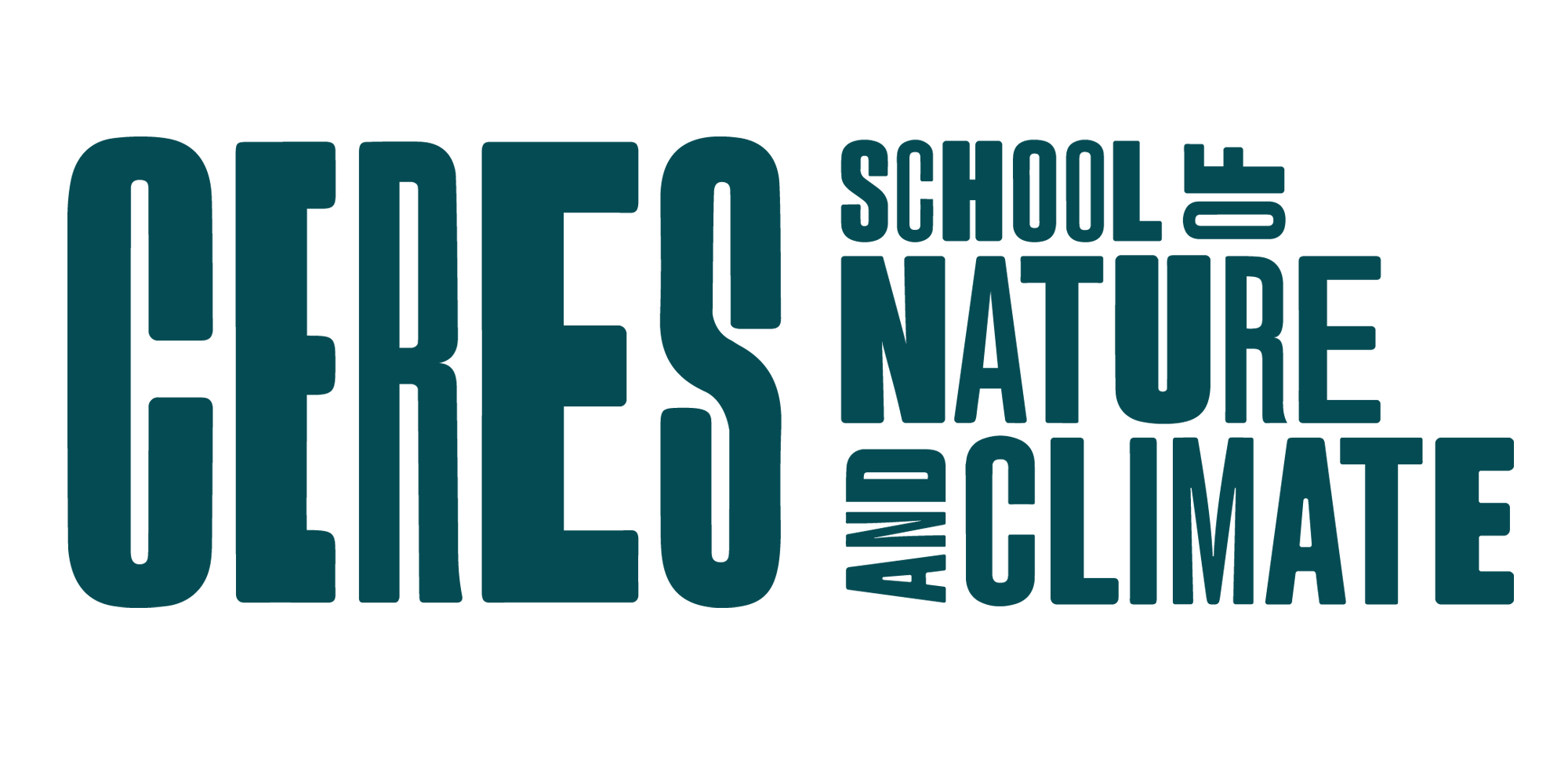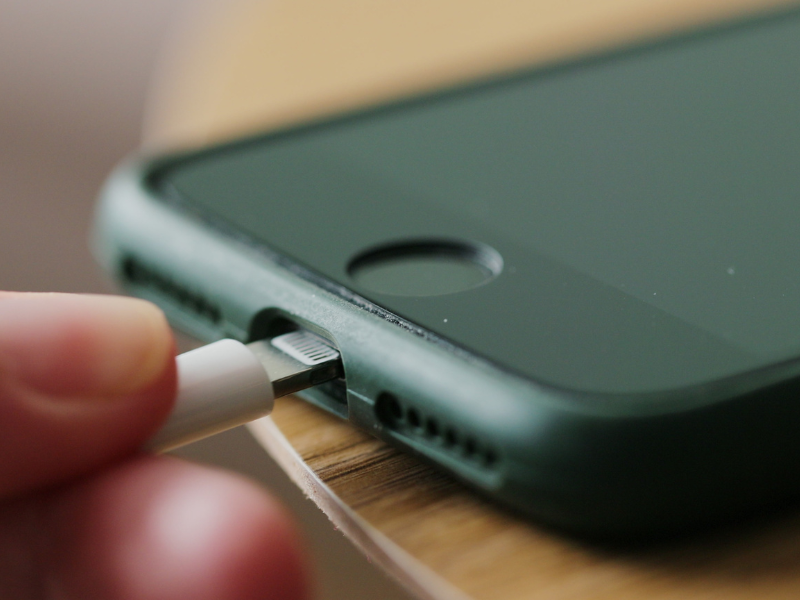Charge My Phone Curriculum Activity
Suitable for Secondary (Years 7-10)
Victorian Curriculum Links
Science
7-8: (VCSSU104); (VCSSU090)
9-10: (VCSSU132); (VCSSU131)
Activity Description
The Charge My Phone activity introduces the concept of energy transformation and illustrates the different forms energy takes before appearing as electrical energy in our everyday lives. Students will look at the conversion of energy required to charge a mobile phone from the source to the electrical power supply and are asked to order the different steps of the process in a chronological sequence.
Key Concepts
Forms of Energy, Energy Transformations, Fossil Fuels, Resources, Energy Efficiency
Key Learning Intentions
1. Understand how long items remain in landfill and their impact on our environment over time
2. Develop a greater understanding of different material resources, their properties and characteristics
3. Explore waste solutions and alternatives through closed-loop systems, redesign, and/or the 5Rs (Rethink, Refuse, Reduce, Reuse, Recycle)
Suggestions for Assessment
Formative
1. Participation in the Charge My Phone activity
2. Participation in the Discussion questions above
Instructions
1. Sequence
Each card in this activity represents a stage in the process of converting coal into electrical energy to charge our phones. Order each card into the correct chronological sequence for this process.
2. Renewable Alternatives
What if we were to substitute the use of a renewable energy in place of coal? Find the ‘Renewable Energy’ cards and insert them into the first sequence, removing any cards/processes that are no longer required.
3. Discussion
1. Label the transformation of energy throughout the process for coal fired electricity and discuss the by-products (e.g. steam, heat, light, carbon emissions)
2. What environmental impacts are associated with coal fired electricity generation?
3. What are other forms of energy? How does new science and technology contribute solutions to energy generation?
Suggested ResourceSmart Schools Module Links
Undertaking the activity as described above links to the ResourceSmart Schools Energy Module – actions B1.2, B1.3
Below is a list of extension activities that link to additional actions of the Energy module:
- Identify different forms of energy around us in the room or outside and discuss kinetic vs potential energy (ResourceSmart Schools Energy Module – action B1.3)
- Discuss electrical circuits and conductors/insulators and how energy is able to be transferred to another place and transformed (ResourceSmart Schools Energy Module – action B1.3)
- Invite a local indigenous group to share their traditional perspectives on the different forms of energy used to meet their needs for comfort and everyday tasks (ResourceSmart Schools Energy Module – actions B1.5, B1.6)
- Students to write a report about key findings of the activity and share in your school’s newsletter and website, including tips about being more energy smart at home (ResourceSmart Schools Energy Module – actions C1.1, C1.3, C3.5)
- Extend activity to research other sources for generating electrical energy in Australia and around the world (e.g. water, nuclear, solar). Engage with students from other schools interstate or overseas to share findings (ResourceSmart Schools Energy Module – action C3.7)
Speak to your CERES ResourceSmart Schools Facilitator about further links to the Energy module.
Related activities
Electricity Use At Home Curriculum Activity
Energy Activity | Yrs 7-10








